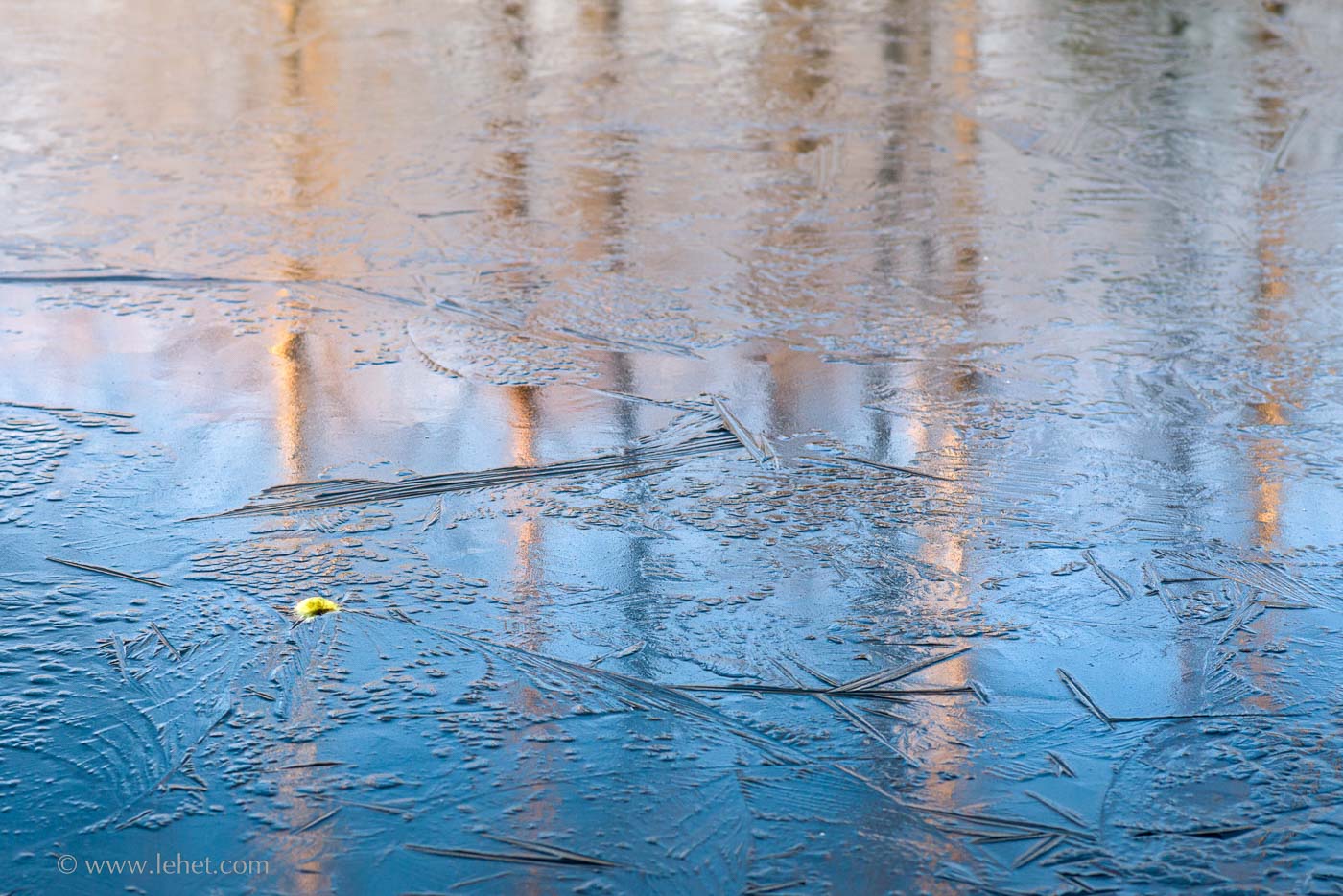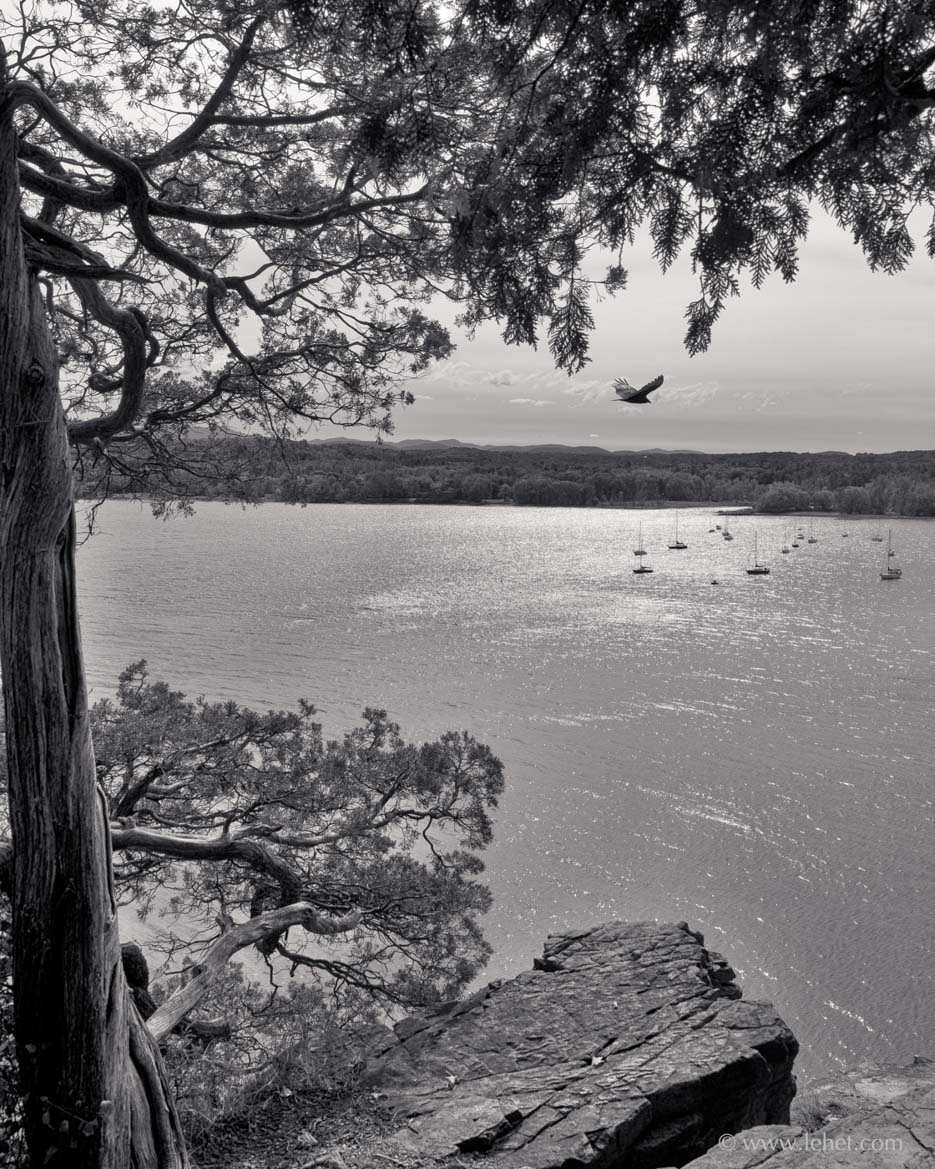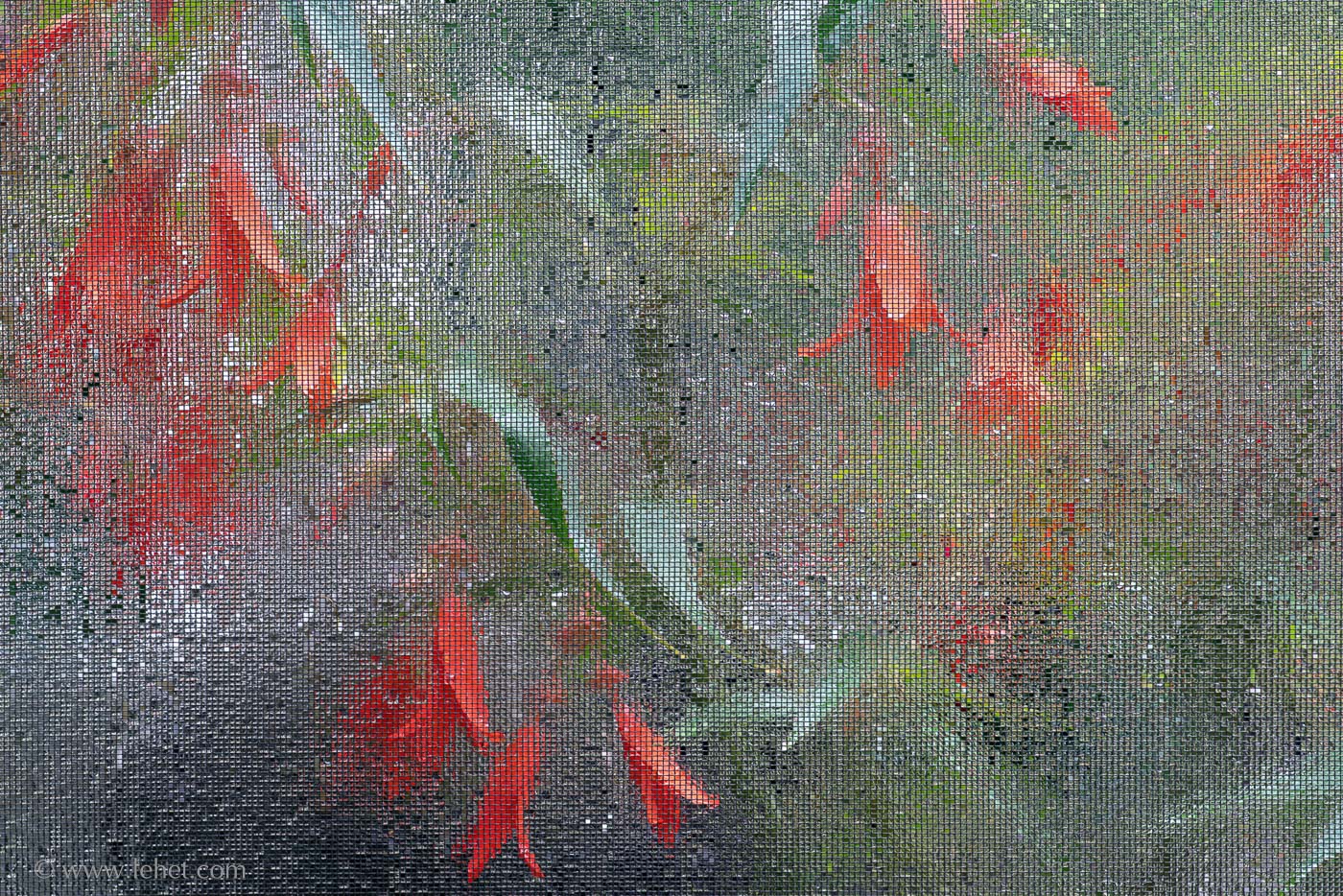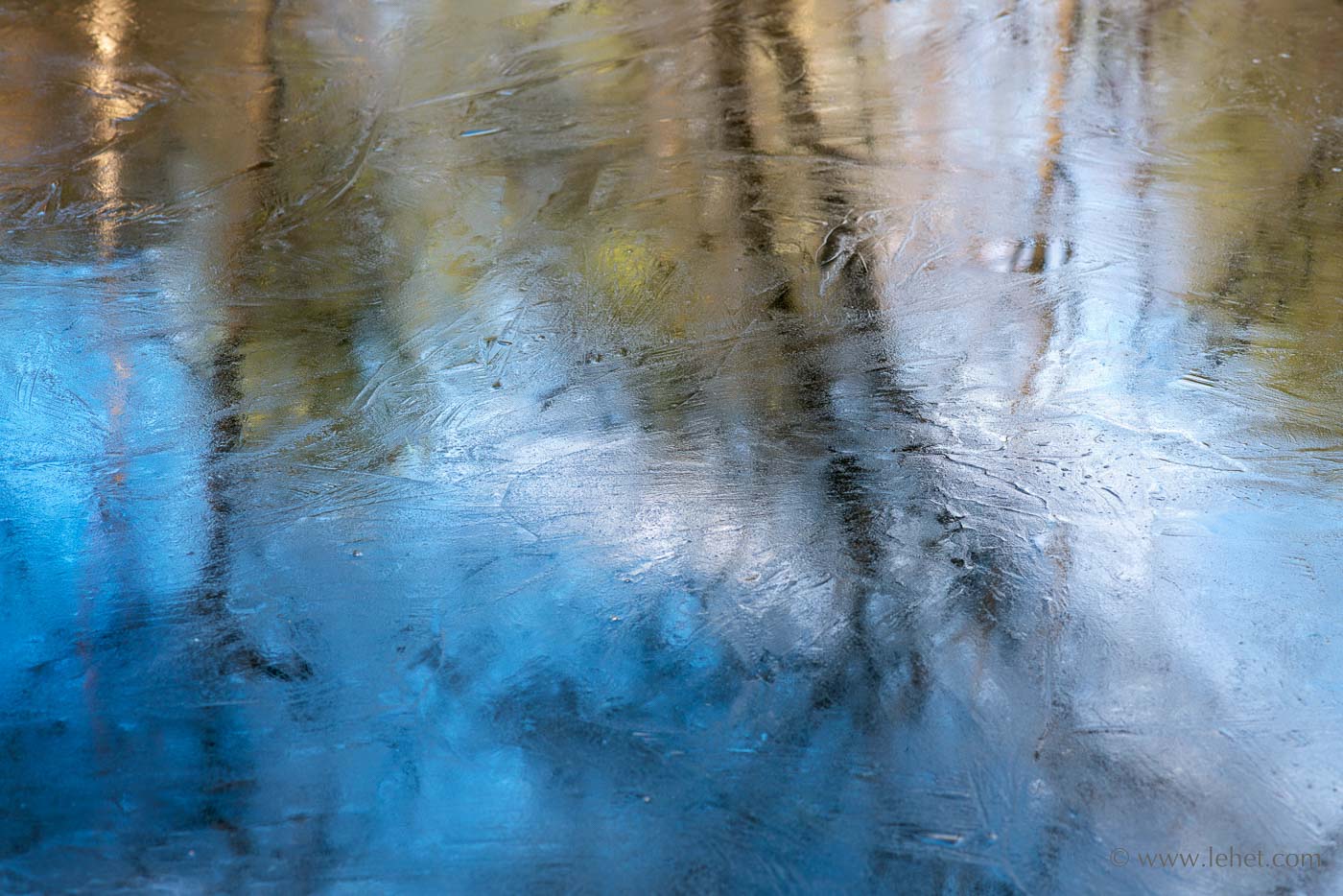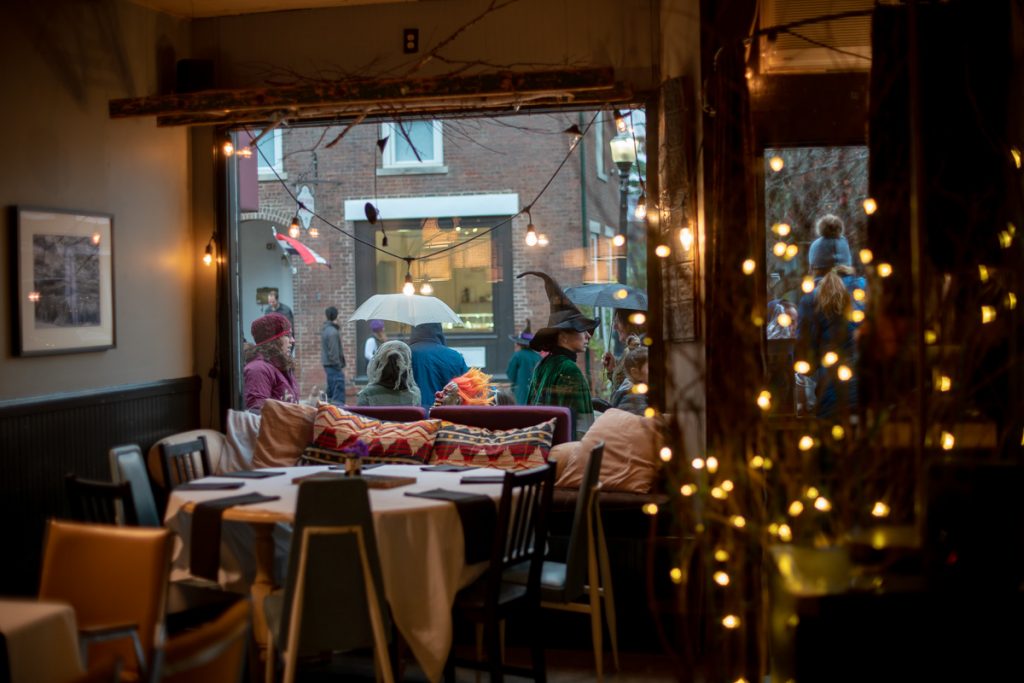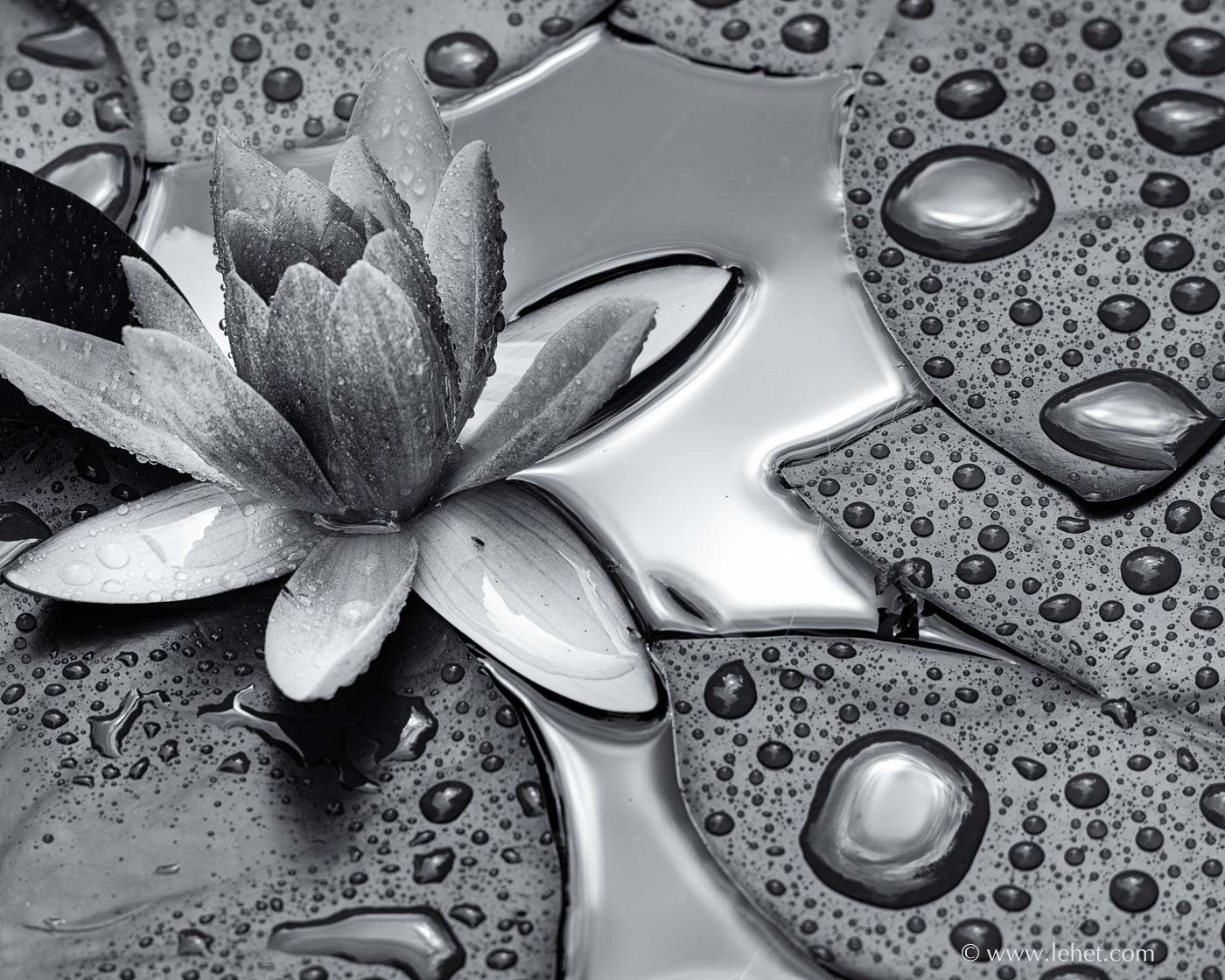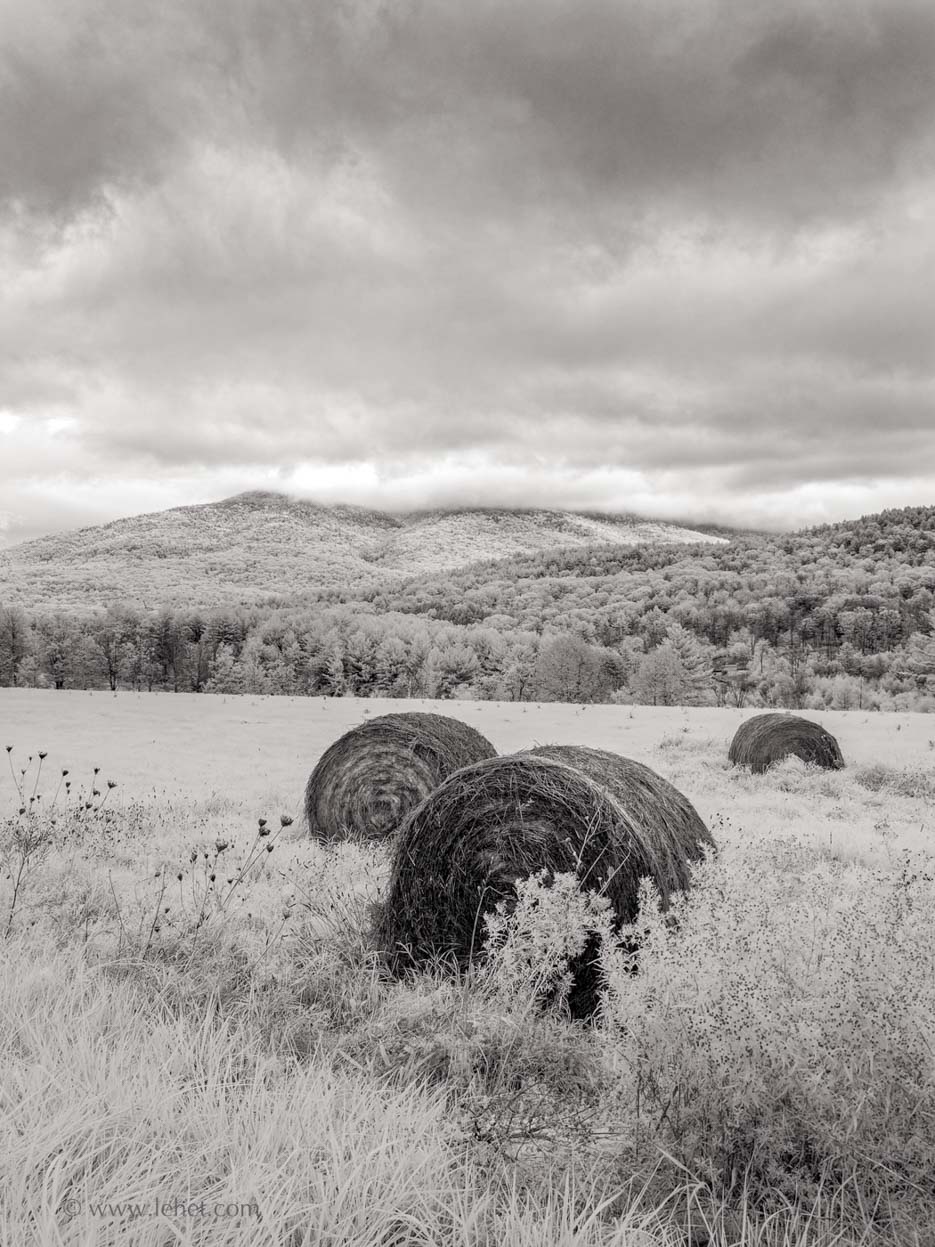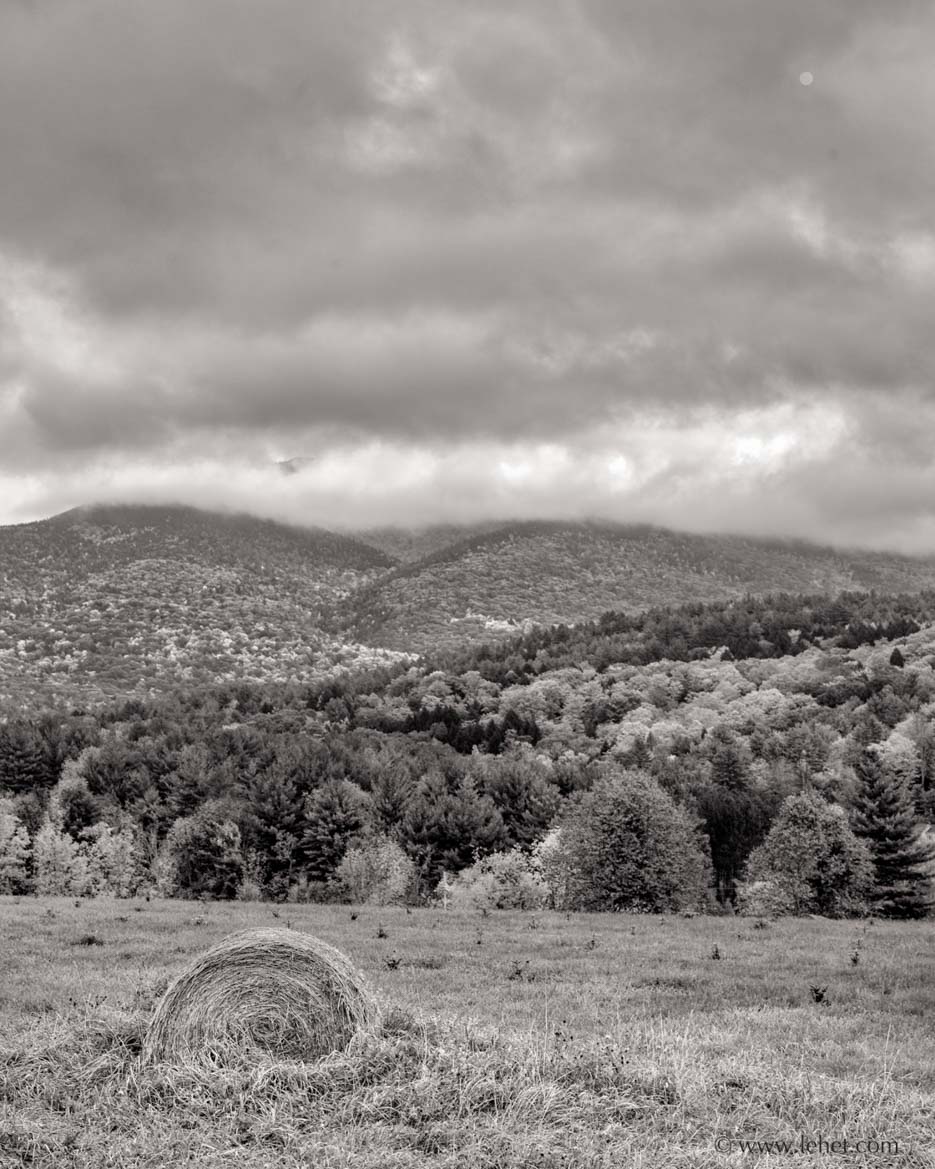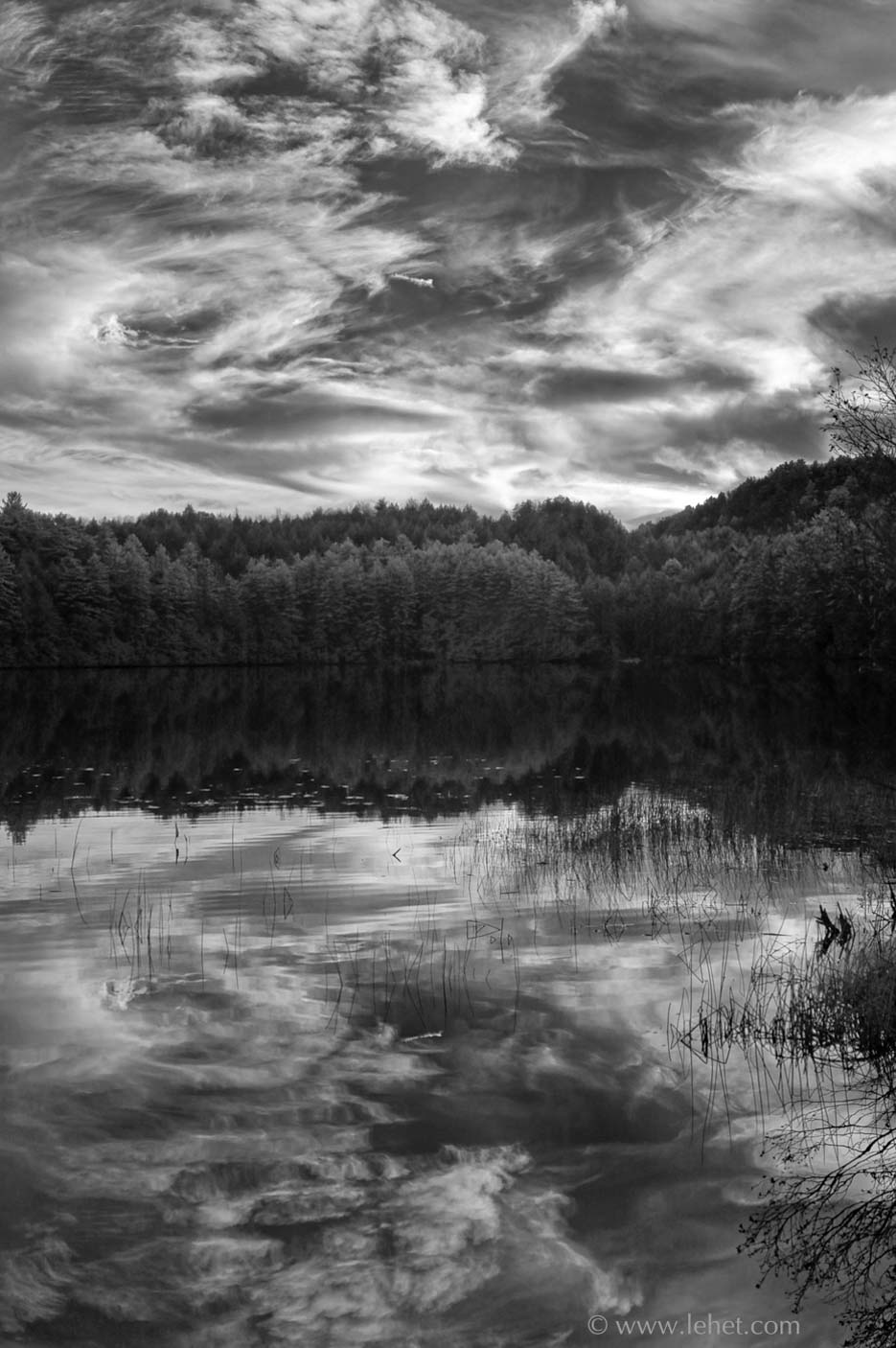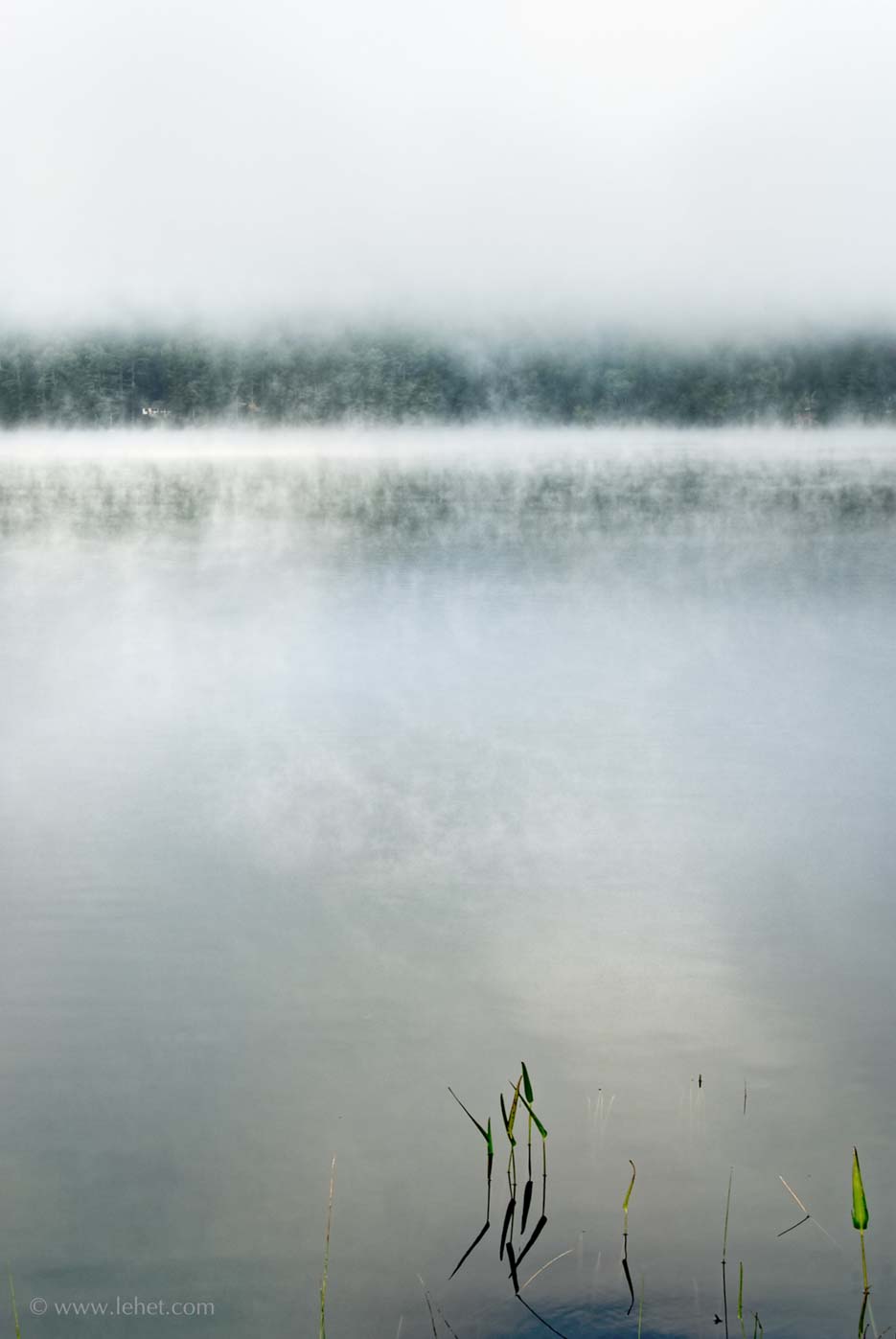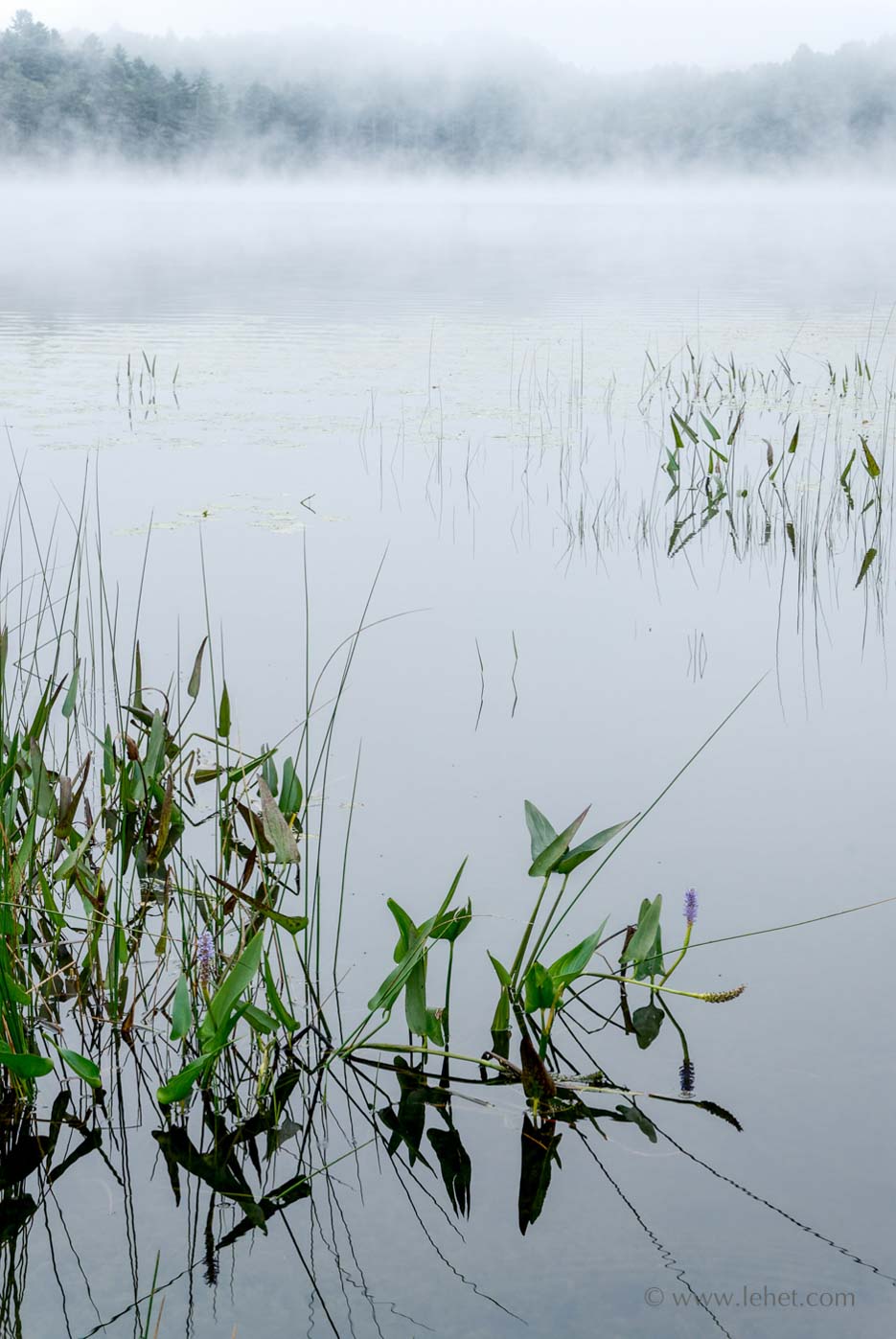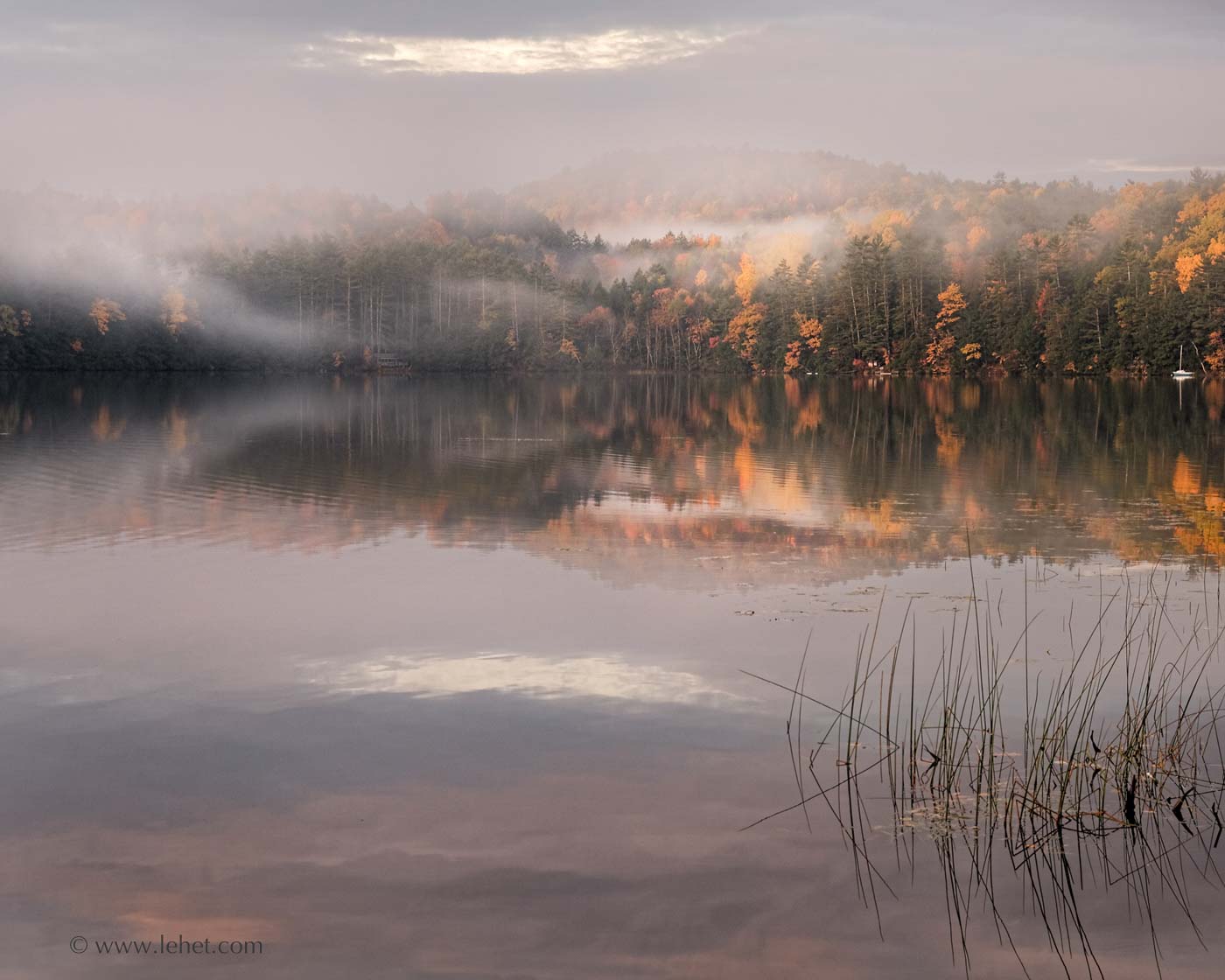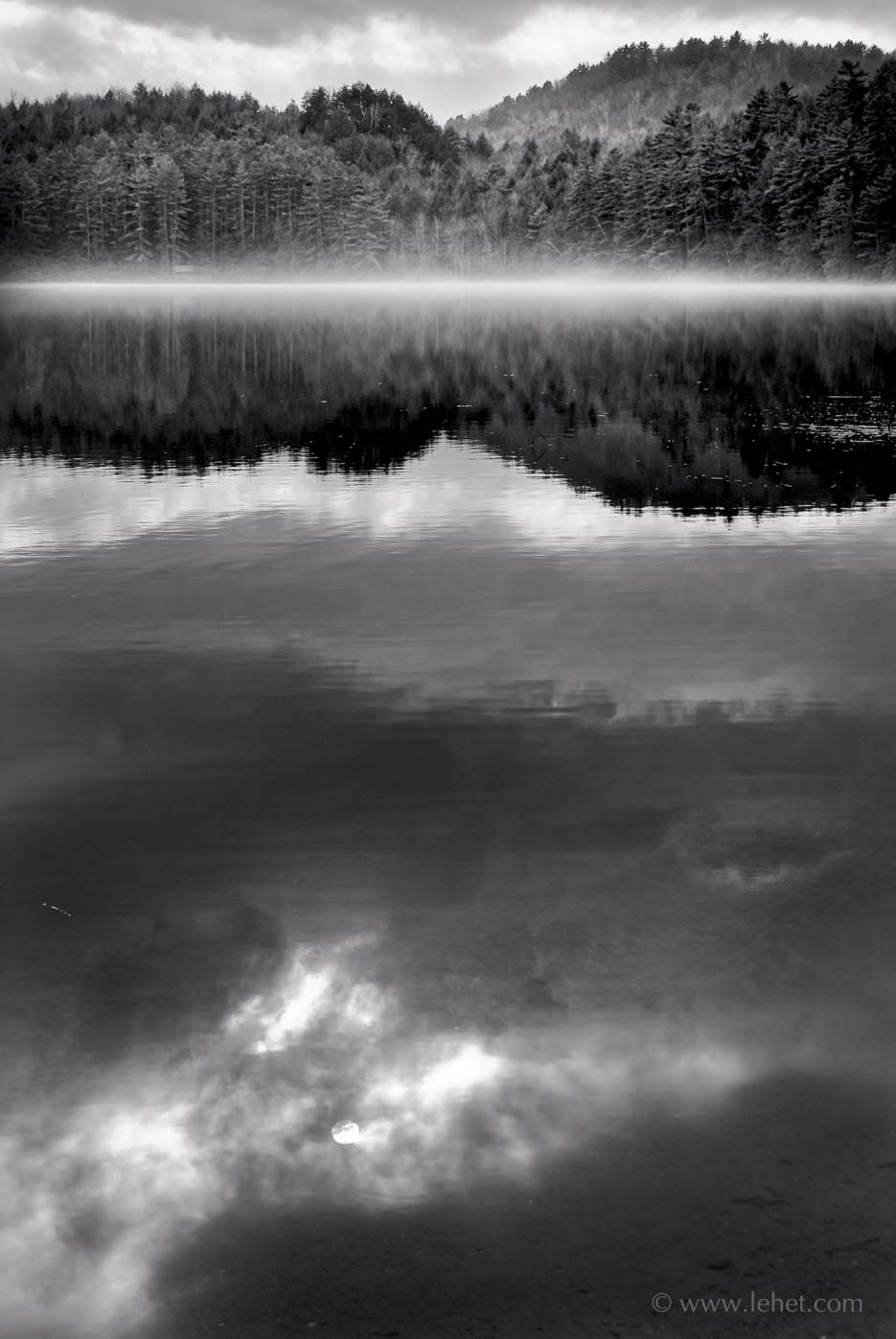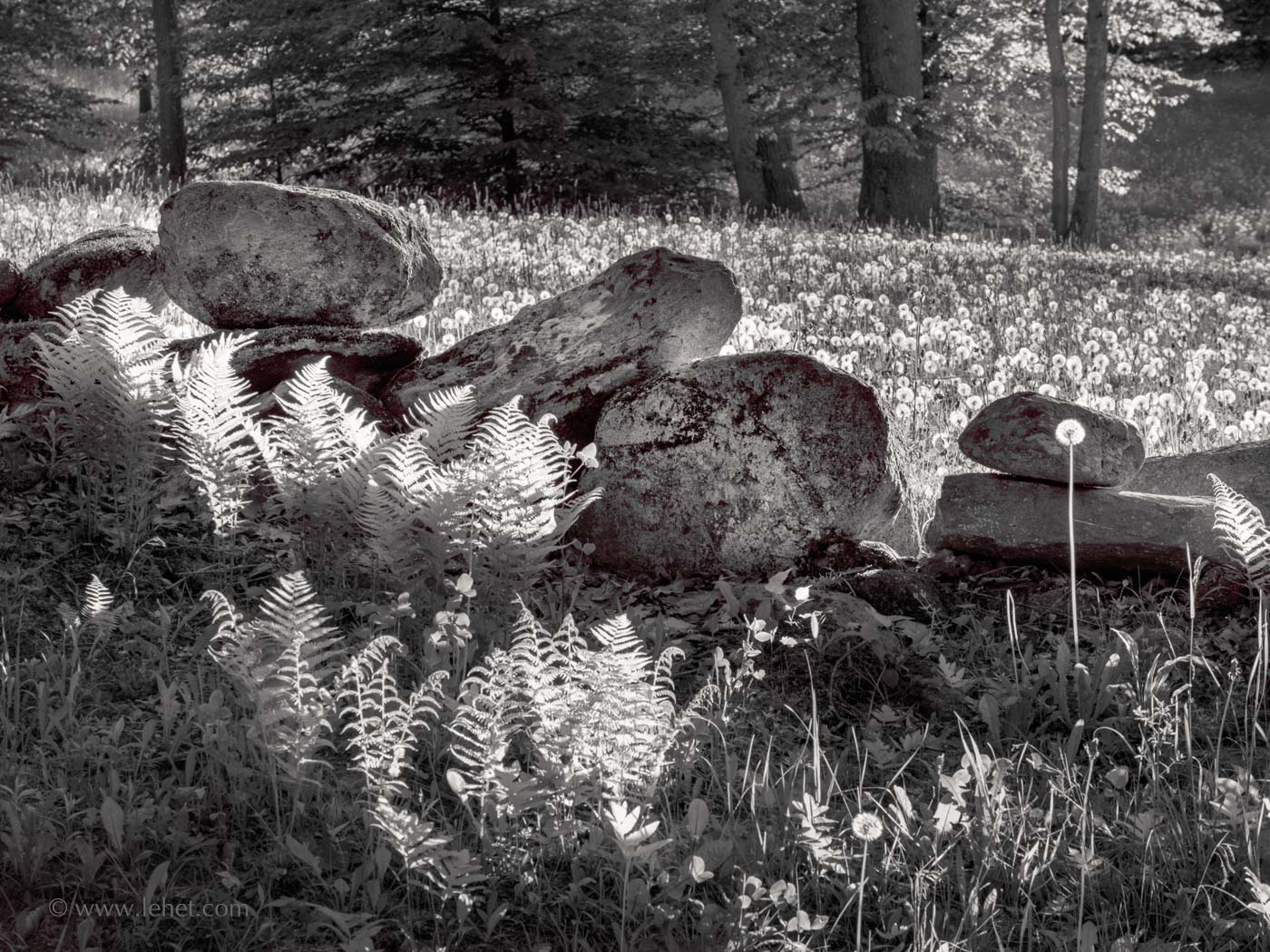
First, let me get out of the way that I don’t mean to write about “clarity” as a slider in Photoshop, Lightroom, or other post-processing software. I will digress and write about that a little bit to get it out of the way. Also, to clarify: I did not use this slider or effect on this image. If I ever do use it, it is very sparing.
That post-processing form of “clarity” is a subtle to not-subtle distortion of tonal values. The effect changes the tone not just at the edge, as “sharpening” algorithms do. It changes a whole block of tonality, which may have the effect of changing our perception of the detail of an image. While it is sometimes helpful, I tend to not like it or its over-use very much. The resultant images often look “crunchy” and over-wrought. Here is an interesting example of it, which I often show to students if I’m teaching Lightroom or Photoshop. First, a set of pure tones, unprocessed. We may perceive edge effects just because of the way we are wired, but the tones are solid:
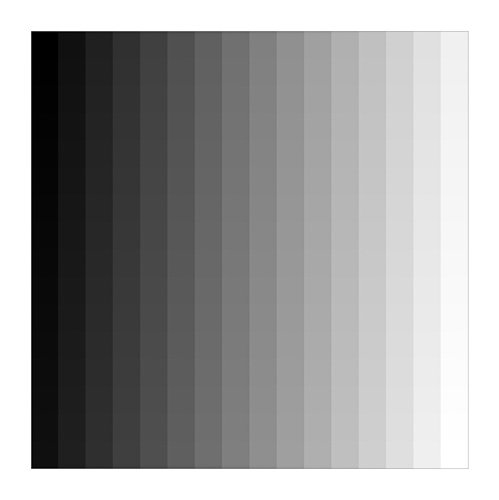
Next, here is the same set of tones with “clarity” applied in Adobe Lightroom:c
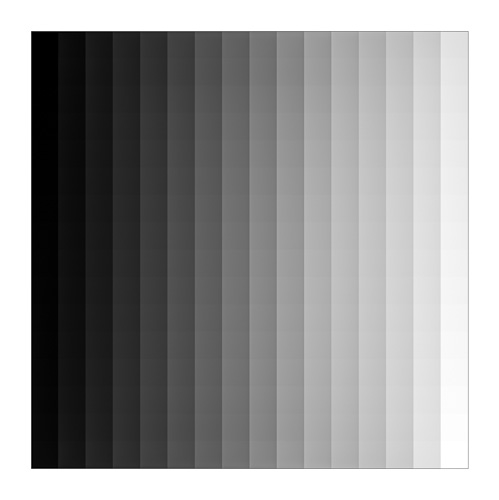
You can see above that the sense of edges between the tones is enhanced, but the purity and actual clarity of the tones is distorted in favor of a sort of 3-d effect here. The clarity slider – be careful!
The clarity I think about is our perceptual clarity, how we see, a quality of one’s mind.
In the path of becoming a decent photographer, there are stages in developing clarity of vision.
First off, it’s a challenge to see what the world looks like instead of what one imagines it to be. This is the primary challenge: seeing through our own preconceptions. There is so much to see in any scene in front of our eyes, and instead of doing our best to really look at it, as a baseline, we are content to seeing a bit and then creating our own fantasy image of what we see. We might not really see the shape of a tree, but instead we are satisfied that it has a trunk and then some leaves, as a child will often draw a tree as a brown stick with a green circle on top. Light, shadow, shapes, texture; it’s a lot of work to see what’s really there, and we don’t make the effort unchallenged.
The second stage of gaining some clarity as a photographer is actually seeing what is in the viewfinder, and imagining what that looks like as a flat thing – a photograph. The common example is making a portrait whenthe subject has a tree or pole in the background. In a print it will look like the pole is growing out of the subjects head — or at least it is a distracting break from the shape of a person and a head, to have the sharp vertical in the same place.
After we can not only see the world clearly and visualize it as a photograph, with no extraneous or distracting or unexpected elements, we can start to think about how the viewer’s eye will move through it, as through a painting. Curves, shapes, depth, texture, in and out. A work of art works better when it creates a dance for the eye, moving around the frame.
And as these other aspects are developing, we can develop clarity in the realm of human resonance. How does it feel? Is that feeling profound? Might it be shared among viewers? Can something beyond words be communicated, a sense of presence, of… something?
And behind it all… the mind. In a way we can develop or “improve” aspects of clarity, but in another sense we are just getting in touch with something that is already there. In a way there is nothing to improve. My Buddhist teacher says that clarity of mind, like awareness and some other intrinsic qualities, just is. It’s there — all we have to do is access it. How do we do that? It’s a practice, and all of the above helps, but meditation may be the most helpful practice. Also helpful to have a teacher who can point out this aspect of mind, any people you can hang out with who have access to their clarity.

